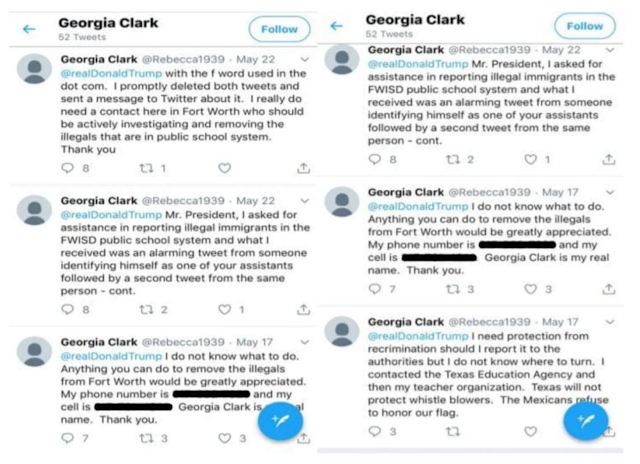Few people realize that the notion of a workplace social contract came about accidentally nearly 80 years ago as the result of an executive order on wage controls issued by President Franklin D. Roosevelt.
 Cutting-edge companies at the time then began offering health insurance to employees as a recruitment incentive. And, in the early 1950s, the Internal Revenue Service deemed that insurance and similar benefits wouldn’t be counted as taxable income. Viola! The workplace social contract was born.
Cutting-edge companies at the time then began offering health insurance to employees as a recruitment incentive. And, in the early 1950s, the Internal Revenue Service deemed that insurance and similar benefits wouldn’t be counted as taxable income. Viola! The workplace social contract was born.
Over the last half-century, social contracts between employers and employees have evolved to the point where modern social mores drive a very different conversation today. The old agreement that employees would work for a company in exchange for wages, health insurance and little else sufficed as an agreeable social contract for both parties for decades. Today, however, 56 million millennials and an upcoming 61 million Gen Z workers are reshaping the contract terms.
Also read: The New Employer-Employee Social Contract
And, because younger employees comprise approximately 70 percent of today’s workforce, employers who listen and respond to their demands will be in a better position to compete for and retain top talent than those who ignore their concerns.
One employee benefit that can address these concerns is the often-debated employer-sponsored well-being program.
Many C-suite executives have a hard time seeing a return on investment for their well-being efforts. After all, under terms of social contracts from days gone by, well-being programs were designed to keep employees off the health care merry-go-round, thereby containing the employer’s health care costs. Employees participated in health screenings because employers mandated it, and no one found it to be fun or engaging. What’s more, this approach hasn’t shown improvements in overall employee health.
Today, fortunately, the new social contract between employees and employers presents a tremendous opportunity to leverage well-being as a strategic business tool to not only realize cost containment but to increase productivity and enhance recruitment and retention of top talent.
With these new conditions in mind, employers can utilize well-being benefits as part of a new social contract to address employee demands by doing the following.
Keeping an Integrated Mindset
Well-being initiatives are connected to health insurance and, therefore, overseen by the benefits or human resources department. However, companies won’t get full value of a well-being program if it is viewed solely as a benefit or cost rather than an engagement, culture and productivity driver. Well-being activities should be incorporated more broadly into:
- The entire organization by including safety, recruitment, onboarding and training departments.
- The entire work day, rather than expecting people to engage on their own time. Incorporate huddle stretches, encourage your supervisors to set an example by walking around to check in with their direct reports, bring in healthy snacks or ditch the junk food vending machine altogether.
- Employee-based challenges beyond physical activity. For example, try challenging employees to keep gratitude journals, track their sleep to identify potential sleep issues, even to drink more water. Most employers don’t realize that most of us are dehydrated to some extent and that lack of hydration can play a role in impaired cognitive ability.
- A single place where employees can access and interact with all of their benefits. The mind-boggling speed of technology growth in the consumer market mandates that companies evolve just as quickly to provide employees with personalized, consumer-based experiences.
Looking at Your Entire Work Environment
Your employees today expect that every touchpoint of their experience at work be influenced by terms of the new social contract. Are the restrooms well maintained? Do you provide sedentary employees with sit/stand desks and stationary bikes for lunch-hour workouts? Does the cafeteria offer healthy food options?
If you aren’t attending to basics such as these, you’ll send mixed messages around how you’re prioritizing your employees’ health and well-being, which can create confusion and cause employees to question the authenticity of your commitment.
A growing component of the new social contract comes from workers who want to work on their own terms — remotely, from home or while traveling. In fact, a 2019 survey of 1,000 hiring managers revealed that up to 73 percent of all departments expect to have remote workers within the next decade. Smart managers will remember to include these workers in well-being efforts to ensure they’re also happy and productive, even though they might not experience the physical work environment on a regular basis.
Getting Your Leaders Engaged
Employees in the 21st century expect their bosses to walk their talk. If your company’s executives verbally extol the virtues of the corporate well-being program, then they also need to actively participate if they’re to meet terms under the new social contract. Do they run in the company 5K? Do they avoid eating lunch at their desks, opting instead for the cafeteria or break room? Do they participate in annual biometric screenings? Are they transparent about their own challenges and efforts?
When your C-suite executives and department heads participate, they organically connect with employees on a human level and will contribute immensely to the success of your initiatives.
Contracts, by their very nature, are designed to protect the best interests of both parties. Today’s new social contract between employees and employers is forcing companies to expand their definition of employee benefits, stretch old-school operating procedures to manage talent and look beyond traditional HR channels to deliver a more fulfilling employee experience. Employers who are up to the challenge can expect that their employees will take more responsibility on their side of the contract to participate in activities that lead to long-term well-being habits, resulting in a rested, alert and productive workforce.










 “We don’t have to be somebody else, but we have to learn from somebody else,” Berger said.
“We don’t have to be somebody else, but we have to learn from somebody else,” Berger said.




